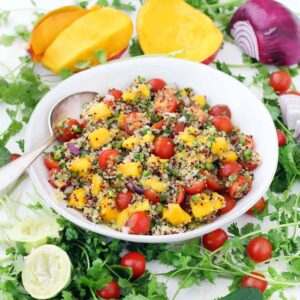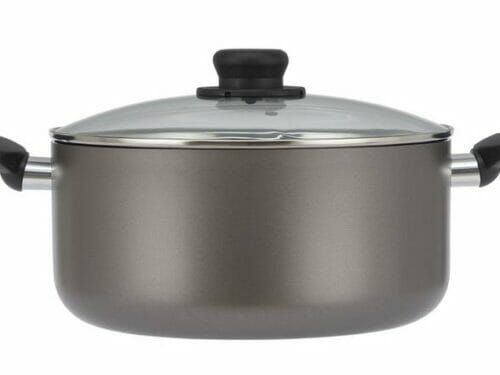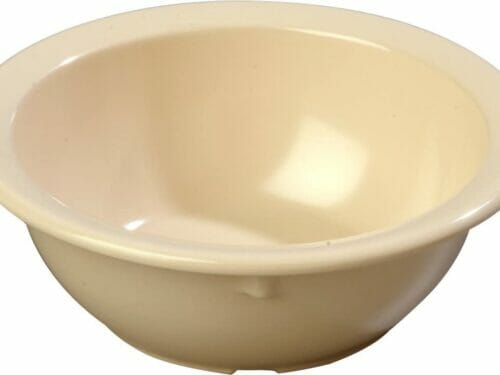
Quinoa Salad with Mango and Cilantro
A quinoa salad is a great way to add a whole grain to your meal. You can use any type of quinoa, and this recipe is particularly versatile. It can be cooked for as little as five minutes, or you can cook it overnight and use it the next day. This dish is refreshing and nutritious, and the leftovers keep well in the refrigerator. You can also keep leftovers in the fridge for up to two days.
Print
Servings: 4 servings
Calories: 322kcal
Add to Collection
Equipment
Ingredients
Instructions
- Bring water to a boil. In the meantime, rinse the quinoa thoroughly in a colander to remove any after taste from the grains. Add a tablespoon of vegetable seasoning (I love Herbamare) to the boiling water, followed by the quinoa. Boil for 15 minutes, or until the water has evaporated.
- Allow to cool in a heat proof bowl.
- For the vinaigrette mix the soy sauce, lime juice, olive oil and herbs.
- Toss the quinoa, pepper, mango, and red onion with the vinaigrette. Garnish with basil and enjoy!
Video
Notes
This quinoa salad has 8 grams of protein and is a versatile choice. Instead of roasted or fried chicken, you can add grilled or blackened salmon. The quinoa will stay crunchy in the refrigerator for three to four days. If you make it the day before, it will be fine for lunch the next day. The quinoa is a complete meal. You can serve it as a snack or as a side dish.
Nutrition
Serving: 4servings | Calories: 322kcal | Carbohydrates: 47g | Protein: 10g | Fat: 11g | Saturated Fat: 1g | Polyunsaturated Fat: 3g | Monounsaturated Fat: 6g | Sodium: 266mg | Potassium: 441mg | Fiber: 5g | Sugar: 4g | Vitamin A: 427IU | Vitamin C: 9mg | Calcium: 44mg | Iron: 3mg
© Food And Meal
This website provides approximate nutrition information for convenience and as a courtesy only. Nutrition data is gathered primarily from the Spoonacular Database, whenever available, or otherwise other online calculators.

